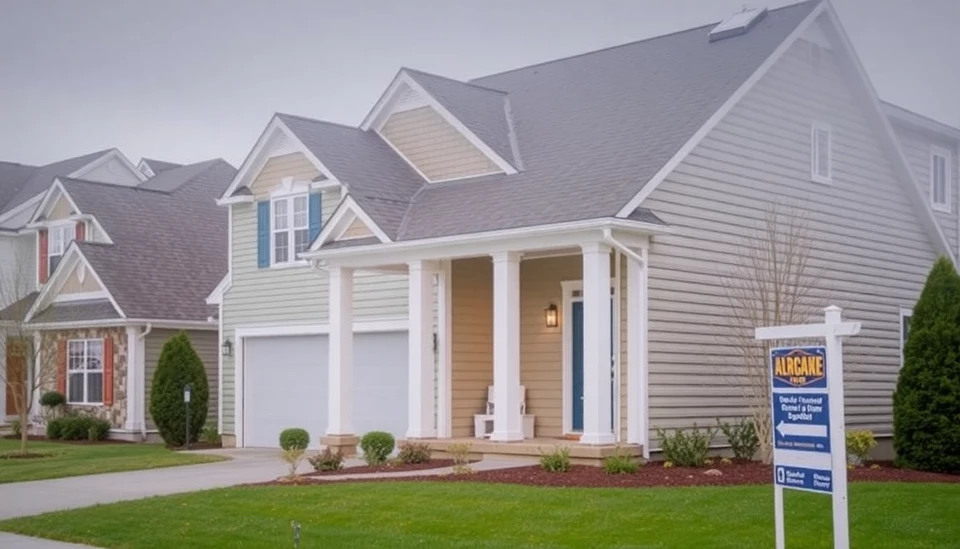
In a significant turn of events, data released by the National Association of Realtors revealed that existing home sales in the United States exceeded forecasts in March, recovering robustly from the challenges posed by extreme weather conditions in earlier months. The increase in sales points to a potential stabilization in the housing market after a tumultuous period.
The report indicated that sales of previously owned homes rose by 14.5% from the previous month, marking an annualized rate of 5.85 million units—significantly above economists' predictions of 5.4 million. This surge highlights a notable rebound following a sharp decline in sales in February, when harsh winter storms and frigid temperatures hampered real estate activities across several regions.
Not only did the sales figures reflect a positive trend, but the data also suggested a possible easing of the supply issues that have plagued the real estate market for some time. Inventory levels showed signs of improvement, allowing more buyers a chance to enter the housing market. The number of homes available on the market increased by 3.2% compared to the previous year, though the overall count remains historically low.
Experts attribute this rebound not only to the resolution of weather-related disruptions but also to the generational shift in homebuyer behavior, with millennials increasingly entering the market. Many are motivated by a desire for more space or a first-time buying opportunity, spurred on by lower mortgage rates that have recently been recorded.
The housing market's performance is particularly notable against a backdrop of rising interest rates, which typically dampen buying activity. However, the most recent trend suggests that potential homebuyers are finding ways to adapt, pushing past the economic hurdles to secure homeownership.
Realtors across the country expressed optimism as they reported heightened buyer interest and competition among buyers in numerous markets. This competitive landscape is likened to a resurgence in demand reminiscent of pre-pandemic levels, illustrating a robust but increasingly complicated housing market dynamic where supply struggles to meet the heightened demand.
As the housing market continues to navigate these shifting tides, analysts urge caution amidst the optimism. Factors such as inflation, potential mortgage rate hikes, and broader economic uncertainties could still influence future trends in home sales. Nevertheless, the latest sales figures present a promising outlook for the housing market moving forward, demonstrating resilience despite external challenges.
As the data and trends continue to unfold, stakeholders in the real estate sector remain vigilant while hoping for persistent growth in home sales for months to come.
#HousingMarket #HomeSales #RealEstate #MarketTrends #EconomicRecovery
Author: Rachel Greene




